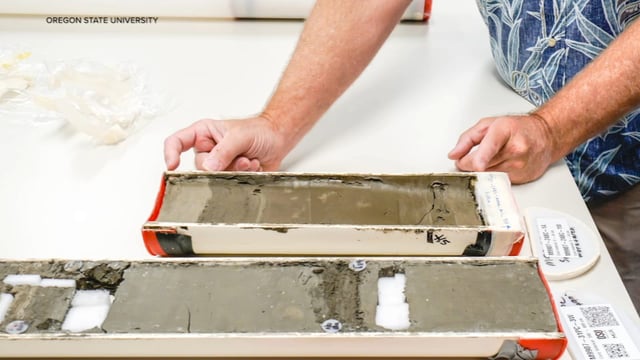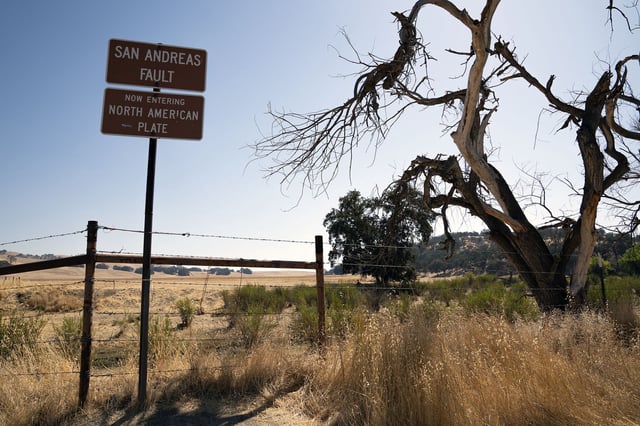Overview
- Published Sept. 29 in the peer‑reviewed journal Geosphere, the study synthesizes offshore turbidite records to correlate major events on the two West Coast faults.
- The team identifies about 18 correlated pairs over roughly 3,000 years, including evidence that the 1700 magnitude ~9 Cascadia quake was followed within minutes to hours, possibly days, by a large northern San Andreas rupture.
- A unique upside‑down turbidite sequence near Noyo Canyon, dated with radiocarbon and observed across cores north and south of Cape Mendocino, underpins the proposed earthquake pairing.
- Authors and other scientists describe the linkage as a strong hypothesis grounded in paleoseismic proxies, noting definitive proof would require observing a modern paired event.
- Emergency planners are urged to factor in a scenario that could place San Francisco, Portland, Seattle and Vancouver in simultaneous crisis, potentially overwhelming national response resources.



